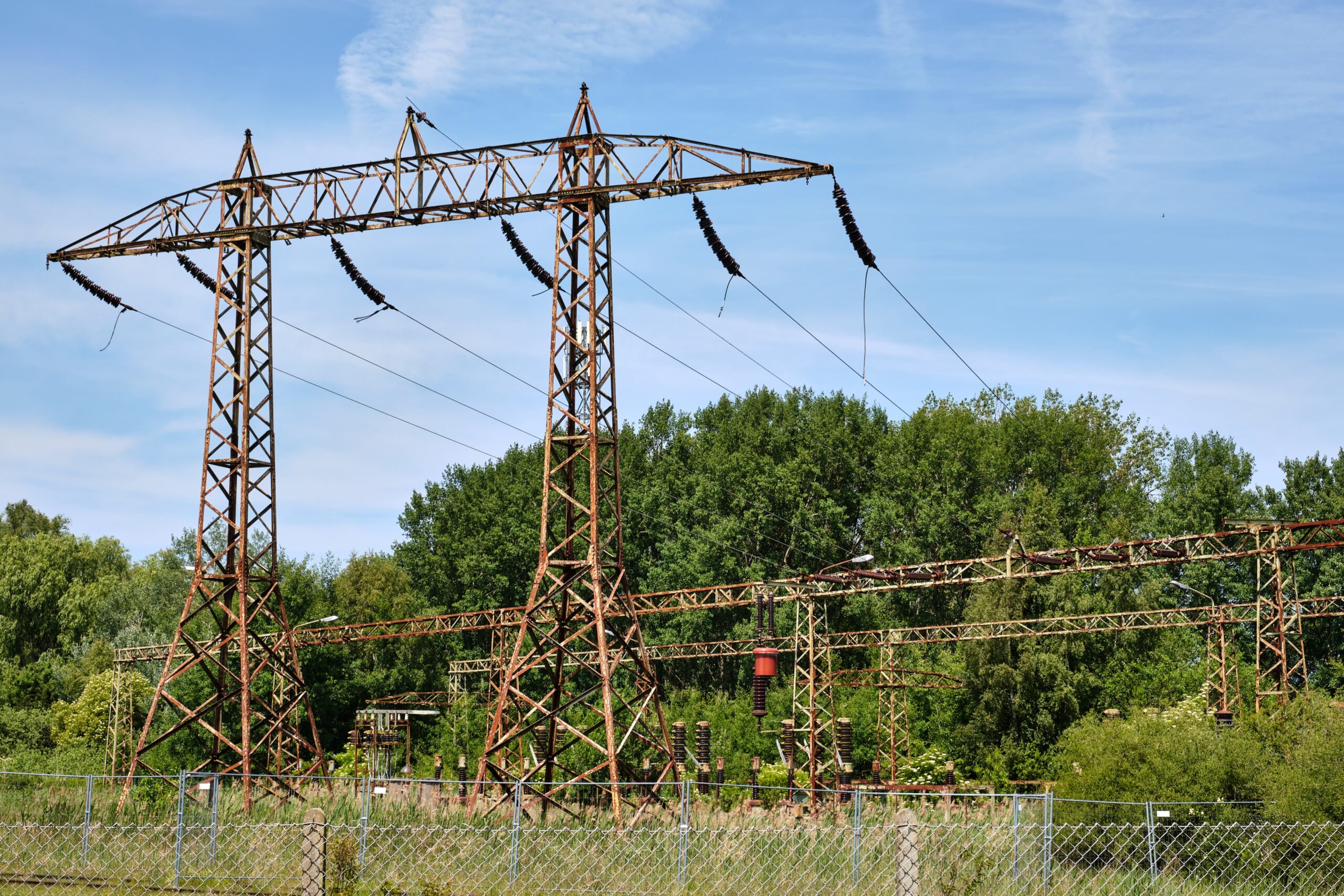Optimum Depreciation Management
Branko Terzic
A depreciation study done every four years by an independent expert is not the optimum strategy for the management of depreciation expense by a regulated electric utility. Given the pace of change of technology, frequent regulatory decisions and fluctuating federal policies, the traditional four-year study period may be too long in which to make timely decisions. The asset heavy electric utilities must base their depreciation rates on the most current estimates of economic service lives, salvage values and cost of removal (COR). Failure to detect changes in any of the three components of the depreciation rate can lead to a number of accounting and fiscal problems for the utility and the regulator.

Annual Depreciation Rate
Depreciation Rate (%/yr) = 100% +COR % – Salvage %
Economic service life (years)
A superior depreciation strategy is one in which electric utility operations personnel are in regular contact with the company depreciation specialist reporting on developments which may affect the economic lives or other components of depreciation rates for each asset or asset class. Depreciation staff can then inform management in a timely manner when a full deprecation review of the affected asset accounts may be necessary.
The previous sentence makes the assumption that every electric utility actually has some professional staff assigned the function of monitoring information and statistics affecting depreciation policies and rates. This may not be the case as some utilities do not have depreciation expertise in house.
For each major asset or asset class, the utility operations personnel should be reporting to the company’s depreciation staff such information as:
- Increased maintenance requirements
- More frequent equipment outages or failures
- Failures in subcomponents
- Reductions in output or performance
- Changes in equipment requirements due to new environmental or other rules
- Inadequate size of assets compared to requirements
- Lack of functionality now available from newer models of equipment
In addition, utility operations personnel should be in regular contact and sharing this type of information with their peers at other utilities with similar technology and vintage assets. This type of industry knowledge exchange is also commonly done via Edison Electric Institute committees as well as within the committees and subcommittees of the professional engineering societies such as the IEEE, ASME and ad hoc user group committees.
Electric utilities without staff trained in depreciation can hire trained staff or send current staff training. While utility depreciation analysis is no longer taught at any university, training can be obtained through the annual programs of the Society of Depreciation Professionals. Visit at www.depr.org
The Honorable Branko Terzic is a former Commissioner on the U.S. Federal Energy Regulatory Commission and State of Wisconsin Public Service Commission, in addition to energy industry experience was a US Army Reserve Foreign Area Officer ( FAO) for Eastern Europe (1979-1990). He hold a BS Engineering and honorary Doctor of Sciences in Engineering (h.c.) both from the University of Wisconsin- Milwaukee.
#BrankoTerzic #energy #regulations #experience #research #future #opportunity #strategy #management #people #electricity #power #utilities #renewables #RenewableEnergy #energysector #powergeneration #energyindustry #powergrid #power #electrical #electricalgrid #solarenergy #engineering #powerlines #powerdistribution #substation #powerplant #powersystems #electricalengineering #cleanenergy #powersector

